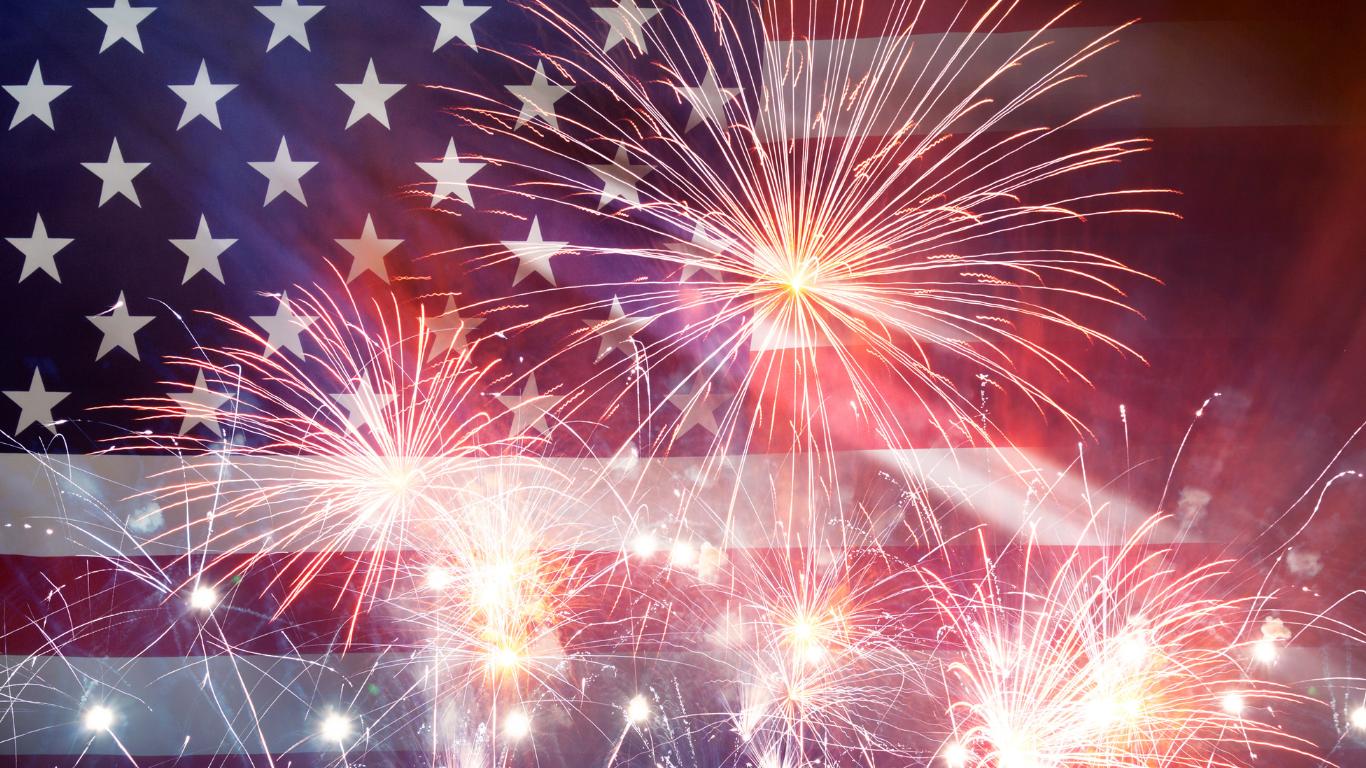
As July 4th approaches, fireworks prepare to light up American skies. Today, we want to explore the global supply chain that facilitates these annual light shows.
A Billion-Dollar Industry with Ancient Roots
Fireworks have captivated audiences for over two millennia, originating in ancient China. The modern fireworks industry, however, is vastly different. According to a recent Forbes article by Richard Howells, Americans spent $2.3 billion on fireworks in 2023, highlighting the industry’s economic significance.
The Global Nature of Fireworks Production
Contrary to what many might assume, approximately 90% of fireworks purchased in America come from China. This statistic reveals the global nature of the fireworks supply chain and the complex network of international trade relations required for July 4th celebrations.
From Ancient Discovery to Modern Manufacturing
Fireworks began with an accidental discovery around 200 BC in China when bamboo thrown into fire exploded with a “bang.” Around 800 AD, a Chinese alchemist’s mixture of sulfur, charcoal, and potassium nitrate inadvertently created gunpowder and the first fireworks.
Today’s production process, while based on the same chemical reactions, is more regulated and controlled. Modern fireworks still use the same basic compounds but involve precise measurements, skilled technicians, and stringent safety protocols.
The Labor-Intensive Nature of Fireworks Production
Despite technological advancements, fireworks production remains highly manual and labor-intensive. Each firework requires meticulous assembly by skilled technicians. This reliance on skilled labor adds complexity to the supply chain.
Raw materials present additional challenges. Howells notes that metals used to create colors in fireworks are often sourced through mining operations, which currently face supply and equipment disruptions.
Once manufactured, fireworks face a carefully managed journey to their final destinations.
Storage, Packaging, and Transport Challenges
Fireworks require secure, specialized storage facilities to minimize accidental combustion risk. These warehouses have temperature-controlled environments and designated areas to separate different firework types. Packaging is crucial, with protective containers designed for safe transportation.
Moving fireworks demands strict adherence to safety protocols. Only trained professionals handle fireworks transportation, taking precautions to prevent ignition and ensure regulatory compliance.
The journey typically begins at Chinese ports, followed by sea voyage to major U.S. ports, then overland transportation. This process usually takes 30 to 45 days from Chinese warehouses to U.S. suppliers.
Regulatory Hurdles and the Challenge of Demand Forecasting
In the United States, importing, manufacturing, or selling fireworks requires a federal explosives license from the Bureau of Alcohol, Tobacco, Firearms and Explosives (ATF). This oversight ensures safety standards but adds time and cost to the process.
Accurate demand prediction for fireworks is surprisingly difficult. Many U.S. distributors place orders over a year in advance of July 4th. However, actual consumer demand is heavily influenced by weather conditions. Most purchases occur in the week before July 4th, and weather forecasts can significantly impact demand. This unpredictability creates a balancing act for suppliers, who must ensure sufficient stock without excessive unsold inventory.
The Future of Firework Innovation
The fireworks sector is experiencing technological disruption. Howells highlights an emerging trend: using drones for light shows as an alternative to traditional fireworks.
Drone shows offer several advantages:
- Enhanced safety by eliminating explosive materials
- Fewer emissions and reduced need for mining operations
- Greater variety of visual effects
- Reusability, potentially reducing long-term costs
However, drone shows still require sound systems to replicate the iconic “bang” of fireworks.
The Unsung Heroes of the Fireworks Supply Chain
Behind every firework burst this July 4th is a global network of manufacturers, logistics providers, regulators, and retailers. From Chinese factories to local fireworks stands, numerous individuals work year-round to ensure Independence Day celebrations include traditional fireworks.
This supply chain demonstrates our global economy’s interconnectedness and the importance of efficient logistics in bringing products from across the world to local communities.
Your Next Career Move in Logistics or Technology
At the Munayyer Group, we connect top talent with opportunities in logistics and technology sectors. If you’re interested in global supply chains and seeking a new position in logistics or technology, contact our team.
We focus on relationship-building, understanding industry talent and their career aspirations. When we introduce an opportunity, candidates gain a coach and advisor to support them throughout the process. From initial introduction through interviews, offer discussions, and onboarding, we provide guidance to help you make the best career decision.
This Independence Day, as you watch fireworks, consider the career opportunities in logistics and technology. Your next career move could be as impactful as those July 4th fireworks – and we’re here to help you achieve it.
Trust the Munayyer Group for an exceptional executive recruiting experience that fuels your organization’s success.
